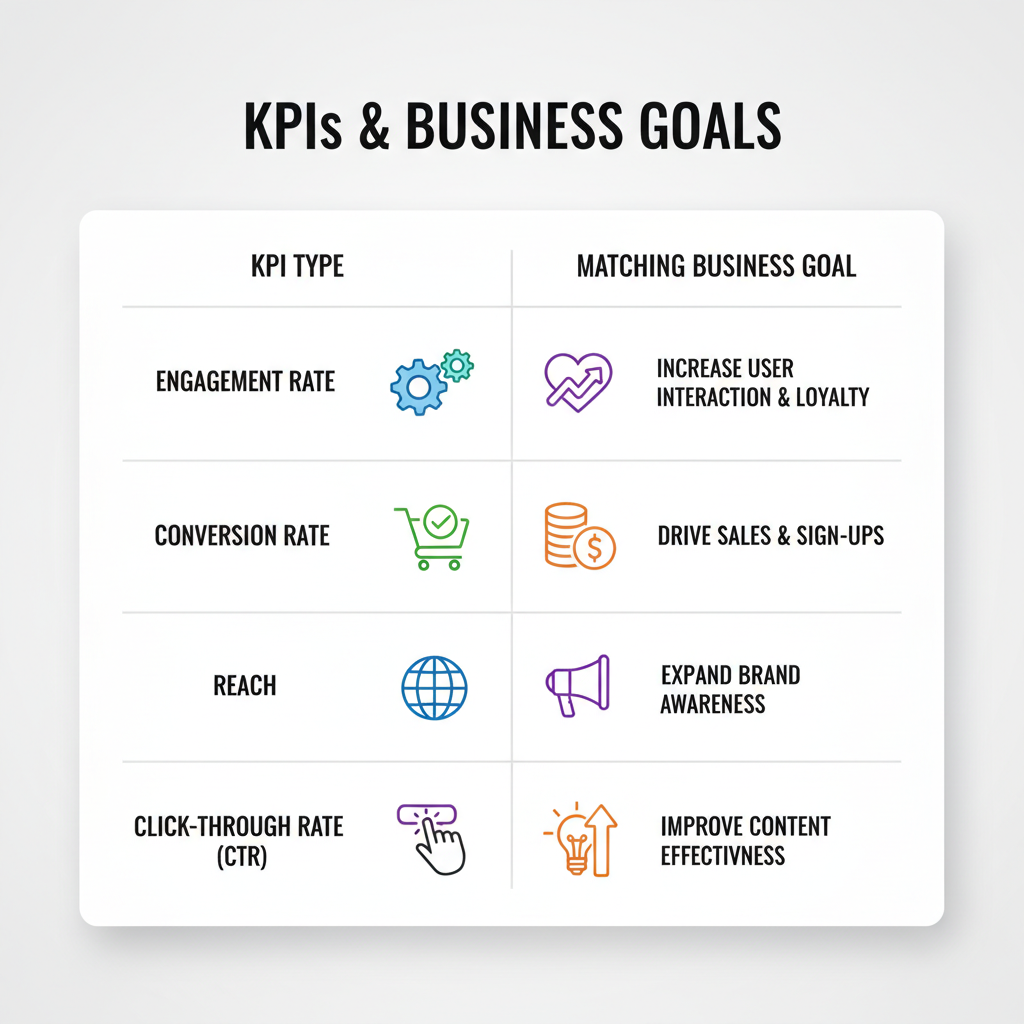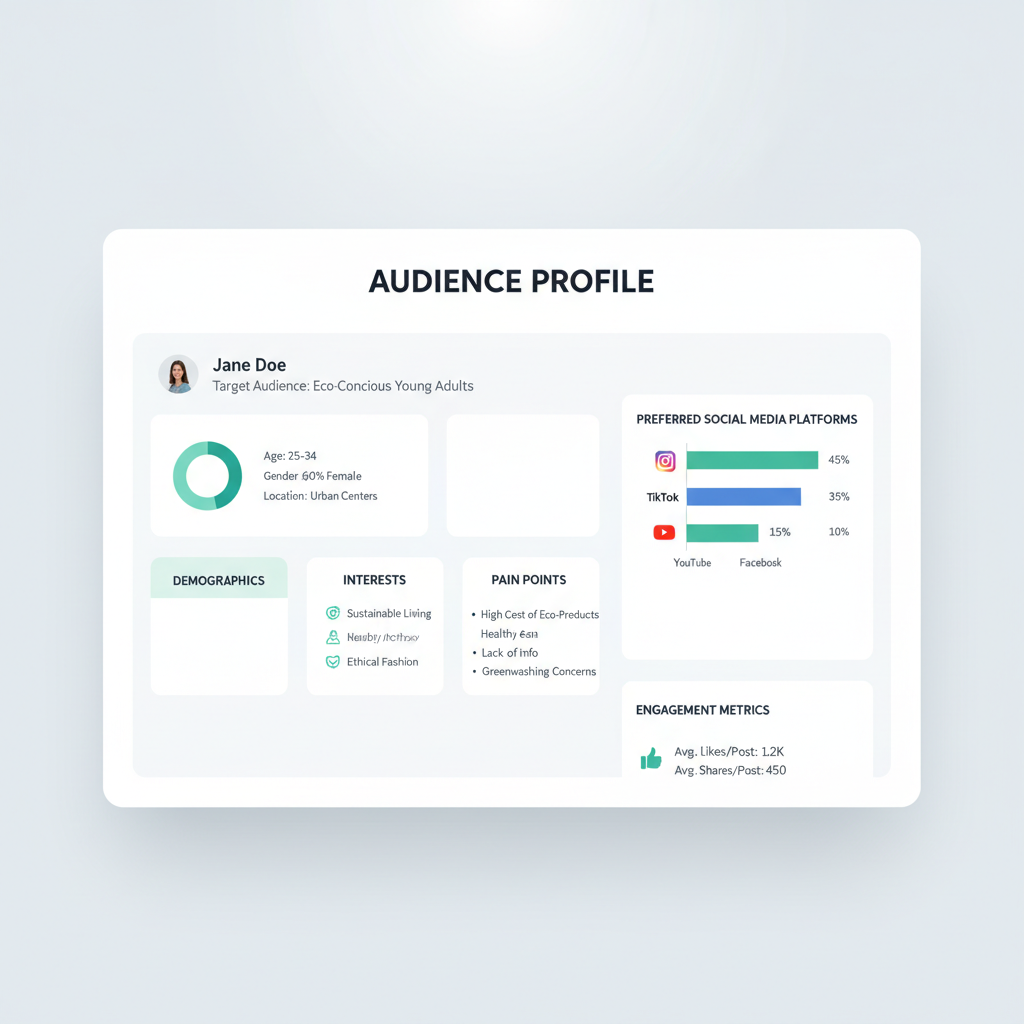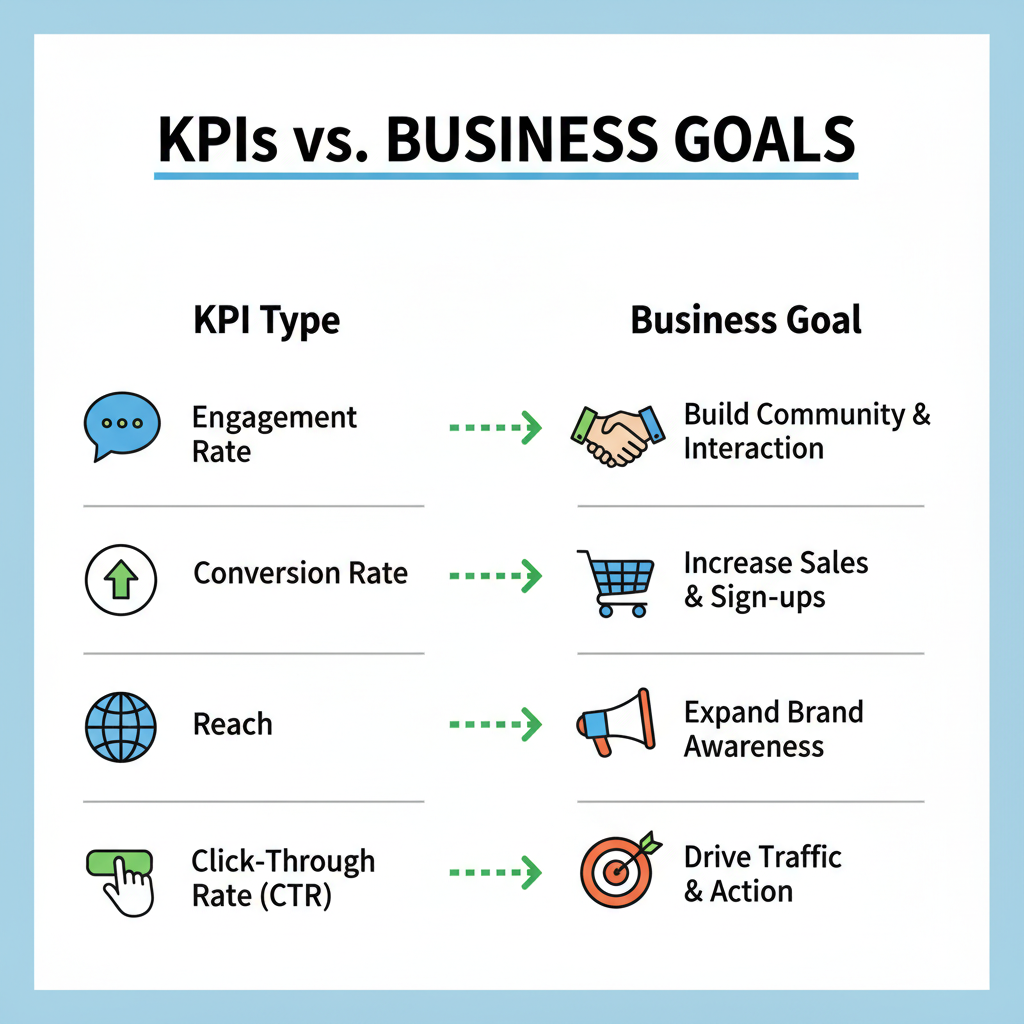Social Media Marketing Business Plan Guide for Success
Learn how to create a social media marketing business plan that defines goals, targets your audience, and drives engagement for long-term success.

Social Media Marketing Business Plan Guide for Success
A clear, actionable social media marketing business plan is essential for brands that want sustainable online growth. It serves as a roadmap for aligning marketing activities with broader business objectives, targeting the right audience, and leveraging both organic and paid tactics effectively. In this guide, you'll learn the critical components of crafting a plan that builds long-term engagement, improves ROI, and keeps your brand relevant on the most impactful platforms.

---
Define Business Goals and KPIs for Social Media Campaigns
Before posting a single update, determine precisely what you hope to accomplish with social media. Typical goals include:
- Increasing brand awareness
- Driving high-quality website traffic
- Generating qualified leads
- Boosting conversion rates
- Enhancing engagement and loyalty
Selecting KPIs that Measure Success
KPIs must link directly to your goals:
- Engagement rate – measures likes, comments, shares
- Click-through rate (CTR) – tracks link clicks from posts
- Lead conversion rate – measures leads generated via social campaigns
- Follower growth rate – tracks audience expansion speed
Well-defined metrics allow for objective evaluation and data-driven iteration.
---
Identify Target Audience Demographics, Interests, and Pain Points
Understanding your audience ensures content resonates and inspires action. Collect demographic data (age, gender, location, language), and supplement with psychographics:
- Interests – hobbies, passions, career focus
- Pain points – challenges, frustrations, unmet needs
- Online behavior – preferred platforms, activity times, content types

Research Techniques:
- Leverage built-in analytics (Facebook Insights, Twitter Analytics)
- Conduct surveys or polls online
- Evaluate customer support queries for recurring pain points
---
Research Competitive Landscape and Benchmark Best Practices
Competitor analysis reveals gaps and opportunities to strengthen your approach.
Competitive Benchmarking Steps:
- Identify your top active competitors.
- Examine their content frequency, tone, formats, and engagement rates.
- Benchmark against successful industry leaders.
| Aspect | Your Brand | Competitor A | Competitor B |
|---|---|---|---|
| Posting Frequency | 3/week | 5/week | 4/week |
| Average Engagement Rate | 2.5% | 4% | 3.2% |
| Top Content Format | Carousel posts | Short videos | Image quotes |
---
Choose the Right Platforms Based on Audience Behavior
Not all platforms suit every business — choose based on where your audience actively participates.
Consider:
- Age demographics (TikTok/Snapchat younger; Facebook/LinkedIn older)
- B2B vs. B2C alignment
- Content type suitability (visual, text, video-heavy)
- Community culture (LinkedIn for professional networking, Instagram for lifestyle content)
Focusing on fewer, more relevant channels helps optimize resources.
---
Craft a Unique Brand Voice and Visual Identity Style Guide
Strong branding builds recognition and trust. Define your consistent voice — professional, casual, witty — and maintain it everywhere.
Elements of a Style Guide:
- Tone of voice (friendly, authoritative, empathetic)
- Core messaging (value statements, taglines)
- Visual assets (logo rules, color palette, fonts)
- Image style (photography or illustrations)

Clear documentation ensures cohesion among all content creators.
---
Plan a Content Calendar with Themes, Formats, and Posting Frequency
A strategic content calendar keeps your social presence consistent and timely.
Steps to Build:
- Identify core themes (product news, industry tips, user content)
- Select formats (images, videos, articles, infographics)
- Set platform-specific post frequency
- Align content with seasonal events or campaigns
Well-planned schedules bridge the gap between strategy and execution.
---
Integrate Paid Ads Strategy with Organic Content Efforts
Organic reach is valuable but often limited; pairing with paid ads extends impact.
Integration Tips:
- Test messages organically, then promote top performers as ads.
- Retarget organic engagers with personalized offers.
- Synchronize topics across paid and organic to reinforce brand messaging.
Unified strategies yield better ROI and stronger brand presence.
---
Set Measurable Budgets and Allocate Resources Effectively
Establish clear budgets that cover all aspects of social media marketing:
- Ad spend
- Content production
- Tools/subscriptions
- Staffing or agency costs
Example Allocation Matrix:
| Category | Monthly Budget | Percentage |
|---|---|---|
| Paid Ads | $2,000 | 40% |
| Content Creation | $1,500 | 30% |
| Tools | $750 | 15% |
| Training | $500 | 10% |
| Miscellaneous | $250 | 5% |
---
Implement Social Listening Tools and Track Analytics
Social listening uncovers public sentiment about your brand or industry.
Use tools such as Hootsuite, Sprout Social, or Brandwatch to monitor conversations, while analytics reveal:
- Top-performing posts
- Engagement trends over time
- Audience growth
- Hashtag effectiveness
These insights drive better decisions and ongoing optimization.
---
Adjust Strategy Based on Performance Insights and A/B Testing
Stay agile and responsive by making continual improvements.
Optimization Process:
- Run A/B tests for headlines, visuals, posting schedules.
- Compare metrics to identify significant gains.
- Adjust tactics according to tested results.
This keeps campaigns relevant despite shifting social trends.
---
Create Crisis Management and Community Guidelines
Proactive planning prepares you for potential social crises.
Crisis Management Plan Should Include:
- Clear response chain
- Pre-approved holding statements
- Monitoring protocols
- Escalation steps
Community guidelines help set expectations for respectful user interactions.
---
Document and Share the Plan with Stakeholders for Alignment
Make your plan a living document and share with:
- Marketing team
- Sales team
- Customer service
- Leadership or investors
Quarterly reviews maintain alignment and allow for timely adjustments.
---
Summary and Next Steps
A well-developed social media marketing business plan ensures your brand’s online presence is purposeful, consistent, and measurable. By defining clear goals, choosing the right platforms, maintaining brand voice, integrating advertising, and continually optimizing your strategy, you can build meaningful connections and drive tangible business growth.
Start drafting your plan today — and put your social media efforts on the path to lasting success.




